Today, aviation is a romantic industry with applications of great importance to the global economy. Our world would be very different without aviation; it would be poorer and less communicated.
Commercial aviation has become a vital element of the modern global economic system. In 2015, more than 3.3 billion people will board a plane somewhere on earth, on one of more than 25,000 aircraft along one of more than 50,000 routes from one of the world’s more than 3,800 commercial airports (there are more than 41,800 airfields in the world, including military and general aviation).
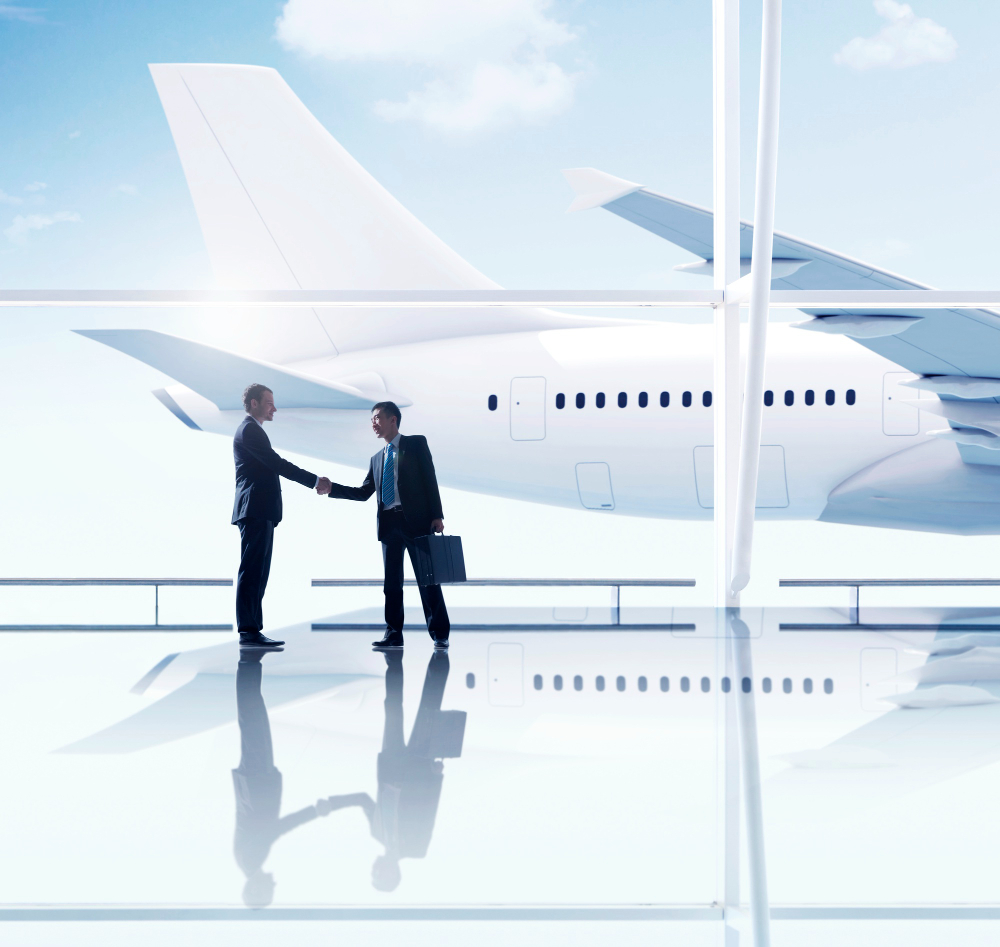
Aviation Industry In The World Economy
The airline industry is a vital part of the increasingly globalized world economy, facilitating the growth of international trade, tourism and international investment. It also speeds up the connection of people on all continents.
Global
Economy
The industry’s size is such that if it were a country, it would be classified as the twenty-first largest economy in the world, larger than Argentina or Colombia. Its impact on the world economy is considerable; about 3.4% of global GDP depends on it, without including other economic benefits derived from aviation, such as economic activity and some jobs that are possible thanks to the speed and connectivity of air transport.
valuable merchandise
Air transport is preferred for efficiently moving valuable merchandise. Currently, the value of goods transported by air is US$18.5 billion, 35% of global trade by value and only 0.5% by volume.
airline industry
It is also a competitive and difficult business. In 2013, the airline industry earned a collective profit of US$12.9 billion on revenues of US$708 billion. A net profit margin of 1.8%. An average benefit of only US$ 4.13 for each passenger transported.
Aviation is also an important source of employment. It supports more than 58.1 million jobs, and it is expected that in 2032, there will be more than 100 million.
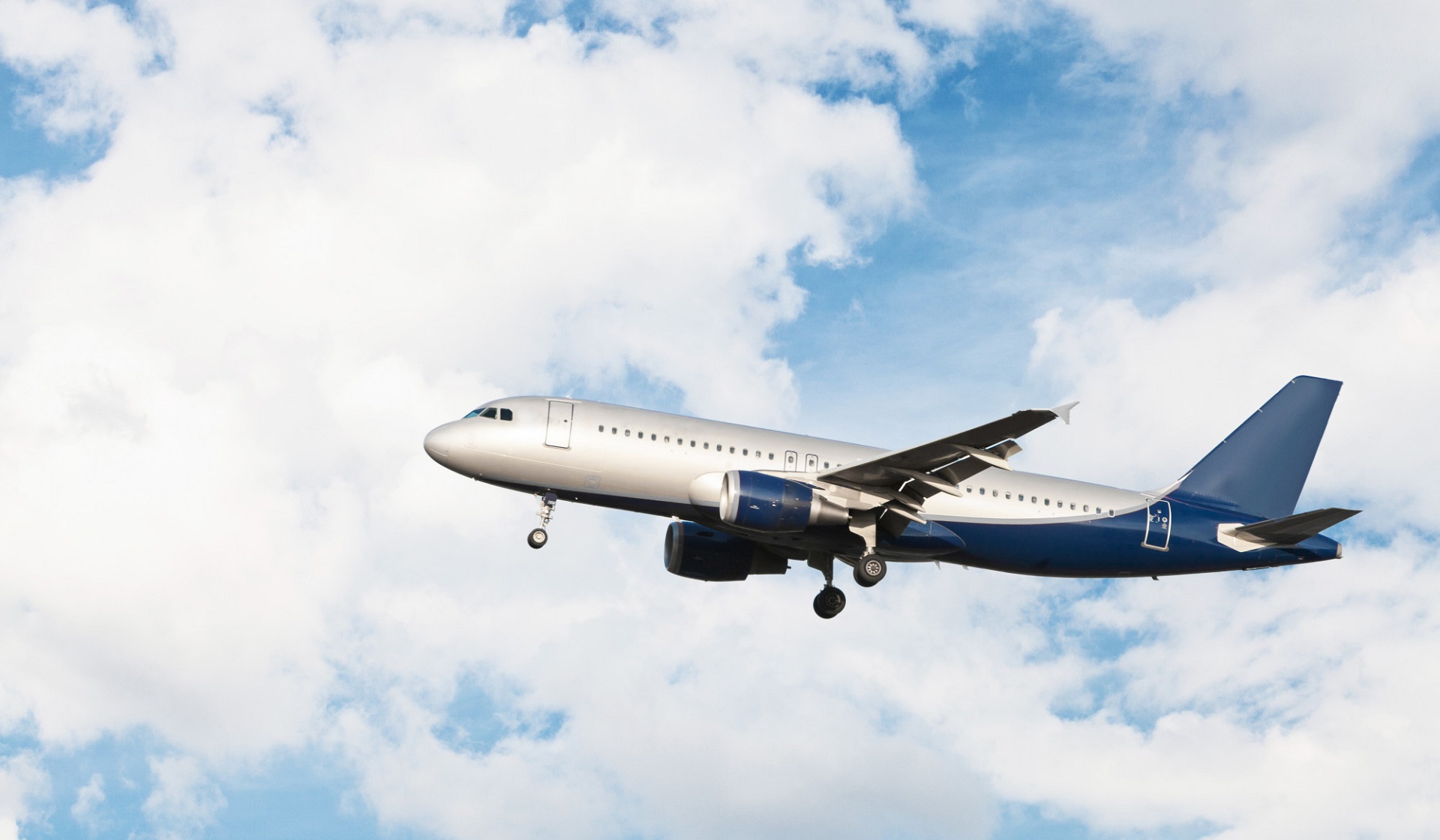
Aviation and sustainable development
Global airline operations produced 689 million tons of carbon dioxide (CO2) in 2012 (705 million tons in 2013), almost 2% of total human carbon emissions that amounted to more than 36 billion tons. Tons.
Aware of the magnitude of the impact of its activity on the environment, the aviation industry is making great efforts to minimize its environmental impact and help achieve a sustainable economy.
To this end, one of its medium-term objectives is to increase the fuel efficiency of airline fleets by 1.5% per year until 2020, when the industry will cap its emissions while continuing to meet the needs of the passengers.
By 2050, the industry has committed to reducing its net carbon footprint. This year, its net carbon footprint is expected to be 50% lower than in 2005.
A New Generation Of Aviation
Innovation is the way forward. This principle applies to all areas where man intervenes, and aviation is no different. This will be an innovative element when adopting the technologies of the future. ICAO’s role in supporting aviation innovation focuses on evaluating regulations and their adaptation to new and innovative developments in the sector, accelerating their implementation.

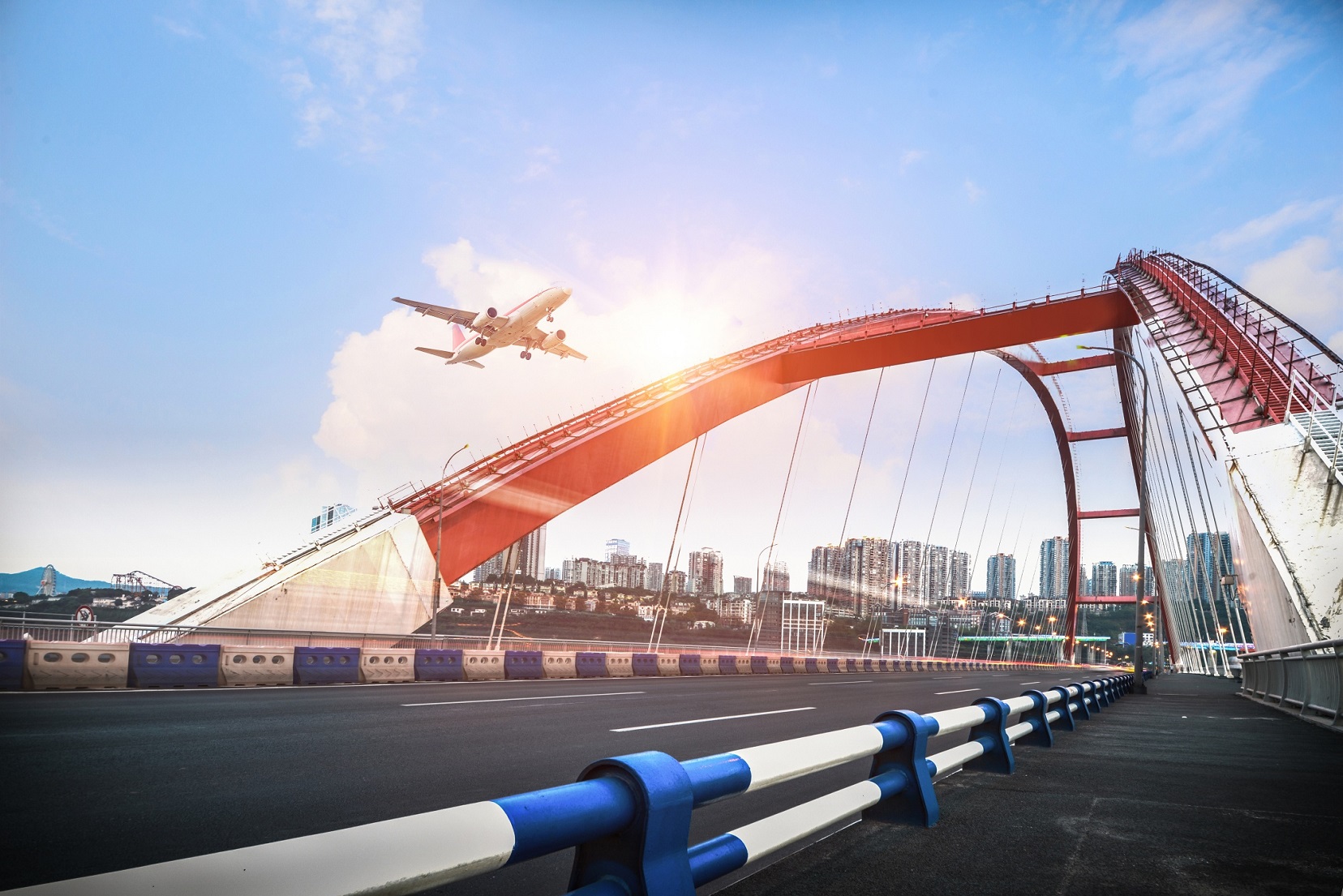
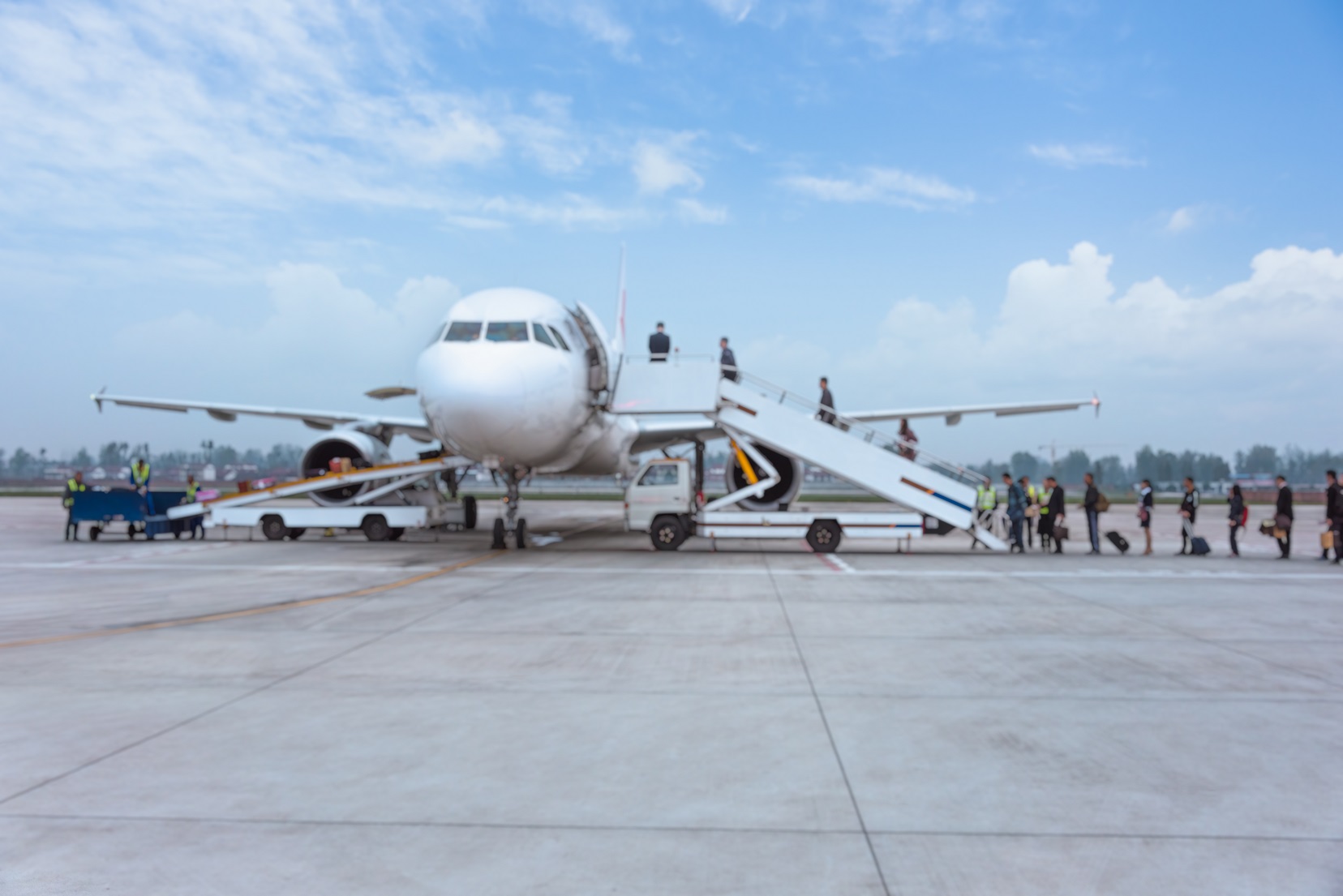
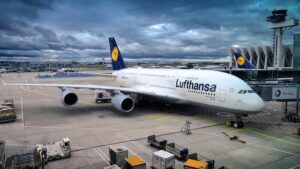 Moving people to distant places in reduced times is the goal of aviation not only in our country but around the world. Achieving this goal has positive consequences in increasing human capital and humanitarian aid.
Moving people to distant places in reduced times is the goal of aviation not only in our country but around the world. Achieving this goal has positive consequences in increasing human capital and humanitarian aid.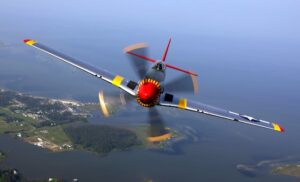 With these facts in mind, it isn’t very easy to quantify all the positive effects of aviation on society. However, in recent decades the progress that has occurred inside and outside the airline industry has been observed.
With these facts in mind, it isn’t very easy to quantify all the positive effects of aviation on society. However, in recent decades the progress that has occurred inside and outside the airline industry has been observed.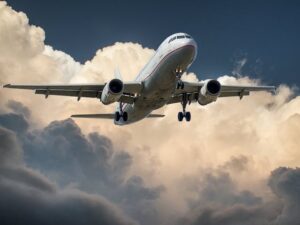 Transportation in Latin America has a very important deficit in infrastructure that has hindered its economic and social development since the 20th century, both in terms of land, sea and air transportation. To this weakness, if we add the great distances that exist in the region and the orographic difficulties derived from the mountains, jungles, rivers, etc., the most efficient and safe form of transportation is found in aviation.
Transportation in Latin America has a very important deficit in infrastructure that has hindered its economic and social development since the 20th century, both in terms of land, sea and air transportation. To this weakness, if we add the great distances that exist in the region and the orographic difficulties derived from the mountains, jungles, rivers, etc., the most efficient and safe form of transportation is found in aviation.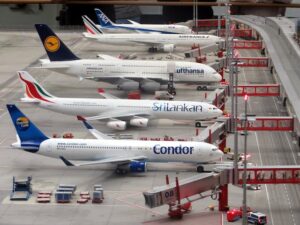 disadvantaged sectors of the population from the most developed areas of the region. In addition, aviation has been fundamental in mitigating the effects of natural disasters and providing a rapid response to the needs of these areas affected by earthquakes, floods, etc. Therefore, air transport promotes equal opportunities, the correct distribution of social goods and the cohesion of the region’s territories.
disadvantaged sectors of the population from the most developed areas of the region. In addition, aviation has been fundamental in mitigating the effects of natural disasters and providing a rapid response to the needs of these areas affected by earthquakes, floods, etc. Therefore, air transport promotes equal opportunities, the correct distribution of social goods and the cohesion of the region’s territories.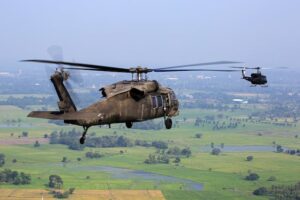 Air turbulence, although a common experience in air travel, can often cause restlessness and nervousness among passengers. But what exactly is turbulence, and why does it occur? In which part of the plane is the most noticeable? Can aplane crash due to severe turbulence?
Air turbulence, although a common experience in air travel, can often cause restlessness and nervousness among passengers. But what exactly is turbulence, and why does it occur? In which part of the plane is the most noticeable? Can aplane crash due to severe turbulence?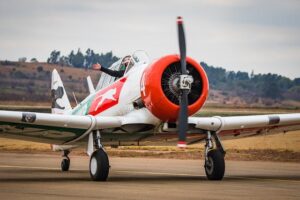 Investment In The Aviation Industry’s Lower Carbon Future Must Be Linked To The Worker-Led Transition.
Investment In The Aviation Industry’s Lower Carbon Future Must Be Linked To The Worker-Led Transition.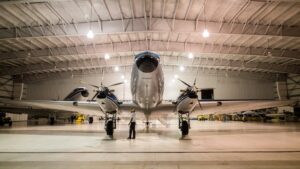 BETA Technologies is one of the world’s most important development companies for electric aviation systems. It became famous in 2021 when it presented its ALIA-250 model, a vertical takeoff and landing (eVTOL) helicopter designed to serve as an air taxi in large cities. However, its main bet is not that the ALIA CTOL has already flown almost 42,000 test kilometres and has shown great reliability.
BETA Technologies is one of the world’s most important development companies for electric aviation systems. It became famous in 2021 when it presented its ALIA-250 model, a vertical takeoff and landing (eVTOL) helicopter designed to serve as an air taxi in large cities. However, its main bet is not that the ALIA CTOL has already flown almost 42,000 test kilometres and has shown great reliability.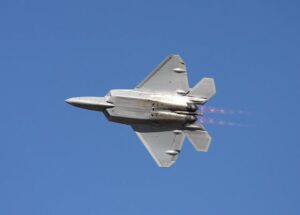 It is worth remembering that Beta Technologies’ ALIA CTOL stands out in several aspects. The first is its ability to travel long distances without generating greenhouse emissions, which is one of the great problems of current aviation. In addition, it hardly generates noise, which helps reduce noise pollution in large cities and developments near major commercial airports.
It is worth remembering that Beta Technologies’ ALIA CTOL stands out in several aspects. The first is its ability to travel long distances without generating greenhouse emissions, which is one of the great problems of current aviation. In addition, it hardly generates noise, which helps reduce noise pollution in large cities and developments near major commercial airports. New technologies allow airlines to offer products in more flexible ways. One example is NDC (New Distribution Capability), which provides more individualized inventory packaging through indirect channels.
New technologies allow airlines to offer products in more flexible ways. One example is NDC (New Distribution Capability), which provides more individualized inventory packaging through indirect channels.